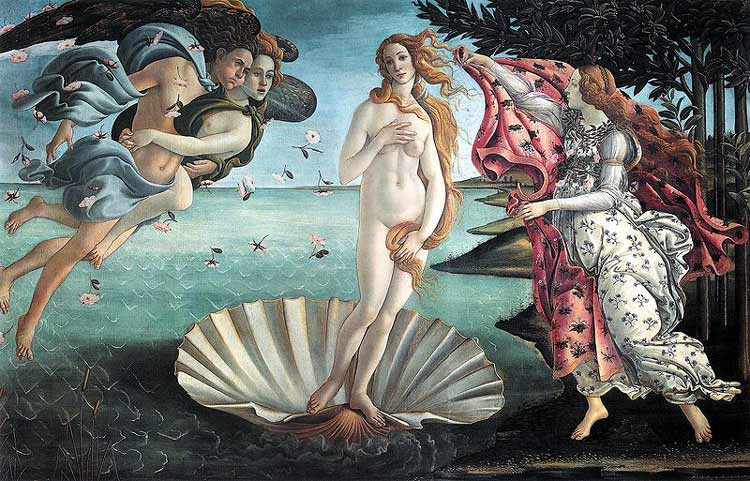MC:
As I was looking through my pictures on my camera trying to search for the perfect topic for my last blog, I happened upon a picture that had completely slipped my mind. It was a picture of the replica grotto of Our Lady of Lourdes, which resides near the top of the Vatican Gardens. Although we only were able to see it for a brief second, since we were heading to the rose garden at the very top, I was amazed at the absolute beauty and simplicity of the grotto. As a Catholic, the story of Our Lady of Lourdes is famously powerful and profound.
It all started in Lourdes, France on February 11th 1858, when a teenage peasant girl, named Bernadette Soubirous, heard a “lady” speak to her when she was gathering firewood with her sisters near the cave of Massabielle. Bernadette describes the “lady” as “dressed all in white, apart from the blue belt fastened around her waist and the golden yellow roses, one on each foot, the colour of her rosary”. For the next year, Bernadette returned almost daily to the cave, where it is reported that seventeen appearances occurred. Eventually the whole town heard about it and cast her off as a lunatic while her parents beat her for telling such ridiculous lies. Even the parish priest was not convinced. However, on February 24th, the Blessed Virgin Mary, who later revealed herself to Bernadette on March 25th by proclaiming “ I am the Immaculate Conception”, told Bernadette to go into the cave and dig in the ground. Doing so on her command, Bernadette confusedly dug. After a few minutes a spring gushed forth from where she had been digging. To this day the spring is still flowing in the cave (grotto) in Lourdes. Over the years there have been countless miraculous cures attributed to the pilgrims who drank from the spring. Of course both those in the government and the Church were skeptical, yet the doctors and scientists who had examined these cases have been baffled, not being able to explain many of these miraculous cures. Bernadette was later canonized a Saint and the grotto of Lourdes has become one of the most visited pilgrim sites on the earth.
So there is the condensed story of Our Lady of Lourdes, but what does this have to do with horticulture? Well, as it turns out, the replica grotto that is found within the Vatican Gardens has an absolutely breathtaking vine species that really makes the grotto seem “alive”. The vine, Parthenocissus tricuspidata, is commonly referred to as either American Ivy or Boston Ivy. Although it can be misleading, the Boston Ivy is not a true Ivy but is actually a species found in the same family as the grape. Native to Asia, the Boston Ivy is a deciduous flowering vine with simple palmately lobed leaves. The vine is planted as a climbing ornamental and will flower, however the plant is known mainly for its dense foliage. Interestingly enough, the vine secretes calcium carbonate from its tendrils, which helps it adhere firmly to surfaces, particularly stone walls or caves. As you could imagine, the Boston Ivy is popular in the city of Boston, Massachusetts where it is commonly grown on the sides of houses. One of the reasons as to why Bostonians, and others alike, enjoy growing such species is that the dense foliage of the ivy helps reduce electrical costs. Whether grown on the side of a house or in a grotto, the Boston Ivy is a spectacular specimen that is sure to catch the eye of every passer bye.
The factual and well documented occurrence of Our Lady of Lourdes speaks directly to the soul of every Catholic and when looking at the replica, with its beautifully engulfing Boston Ivy, it feels like I am in the actual grotto in France standing side by side with Saint Bernadette.






.JPG)
































